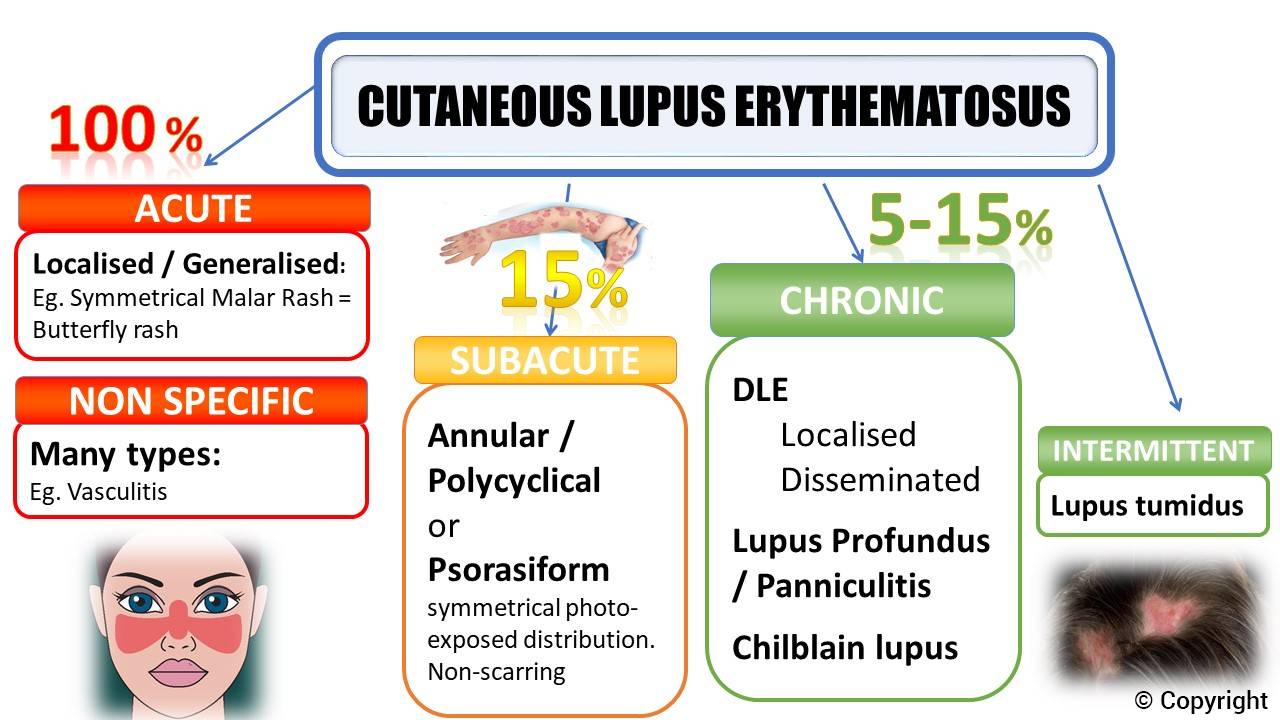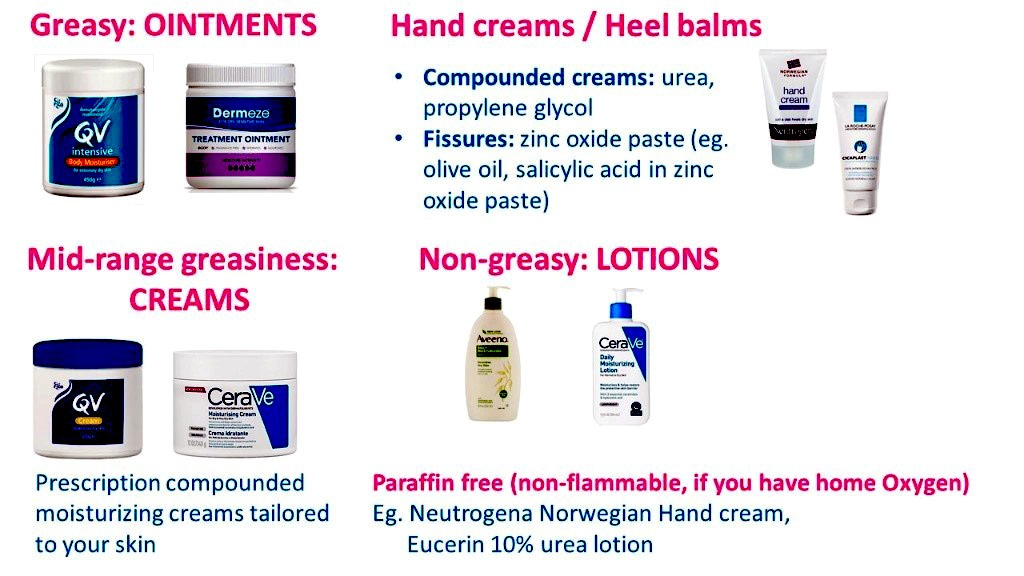Skin lupus is complicated! Lupus can affect the skin in LOTS of ways. It can affect anywhere on the face, body, or even the scalp, hair and mouth. And lupus rashes can look like just about anything! There are some types of skin lupus which can be easy to recognise, but other types can be non-specific and mimic other skin conditions. The most common types of skin lupus are sub-acute cutaneous lupus and discoid lupus. However, the lupus butterfly rash on the face is probably the most well known lupus rash. It is called a butterfly rash as it causes redness on the cheeks which can make the cheeks look like butterfly wings on either side of the nose.
So how do we make sense of all the different appearances lupus rashes can take? Well there are some main ‘families’ of lupus rashes which are well recognised. These are:
- Acute Cutaneous Lupus
- Sub-acute Cutaneous Lupus
- Chronic Cutaneous Lupus
- Nonspecific Cutaneous Lupus
An important point to understand about these families of lupus rashes is that some are seen when lupus also affects internal organs (like the joints, lungs or heart) and other types aren’t. If we think about things in this way then we can colour code these groups (like traffic lights); RED being strongly associated with internal organ involvement, ORANGE having a medium link with internal organ involvement and GREEN occurring uncommonly with internal organ lupus. Internal organ lupus is called Systemic Lupus Erythematosus, or SLE for short. Skin lupus is called Cutaneous Lupus Erythematosus, or CLE for short.

Skin lupus can look very different depending on which type it is. The butterfly rash is the classic rash in the Acute Cutaneous Lupus group. Sub-acute cutaneous lupus most commonly appears as patterned red rings and swirls on the body. And the most common sub-type of Chronic Cutaneous Lupus is Discoid Lupus (DLE for short). This type of lupus mostly occurs on the face and scalp and looks like red/purple, raised, scaly or crusted circles which later develop white or brown scarring in the centre.
Perhaps one of the most important things to know about all these different types of lupus skin rashes is that sun light can trigger them or make them worse. This means that for people with lupus, it is very important to protect the skin, ALL of it, from the sun. This even means on cloudy days. Sunscreen is an important part of this, and the sunscreen must have a very good UVA (5 star) and UVB (50+) coverage. Clothing (ideally tightly woven fabrics), hats and shade are absolutely vital too. I also often talk to my patients with lupus about supplements such as polypodium leucotomos which may be of some additional help to protect the skin from the sun too.
So as you can see, there are lots of types of skin lupus. We will talk about each of these in more detail in future info sheets. If you would like to read a little more now though, have a look at my Cutaneous Lupus Erythematosus page on the A to Z of skin website, or to see more photos of the different types of lupus rashes, have a look at the Dermnet NZ site.
If you or someone you know has lupus, and you have questions about your skin or sun sensitivity, please get in touch and I’d be delighted to help!
Written by AProf Amanda Saracino
© 2023 AProf Amanda Saracino




